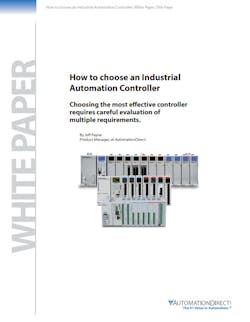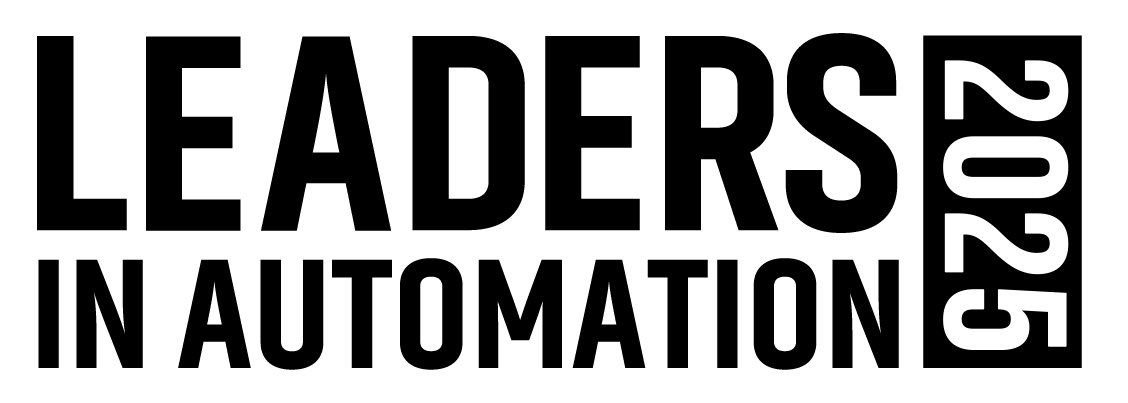Choosing an Industrial Automation Controller - White Paper from AutomationDirect
Factors to be considered when choosing a controller include new or existing system automation, environmental issues, I/O locations (local and remote), discrete and analog devices, loop control, specialty features and modules, communication and programming.
This White Paper discusses the number, types and location of I/O; communications requirements among multiple controllers, peripheral devices and enterprise-level systems; memory, scan-time speed and battery backup hardware aspects; software platform and programming methods; and the availability of PID loops, floating-point math, drum sequencing, program interrupts and subroutines.
Whether the system is new or existing often dictates many of the critical factors for selection. If extreme environmental conditions exist, ambient temperature limits can be a critical issue. Actual conditions at the plant floor level or specific codes in force at the facility may demand tougher design considerations.
The “How to choose an Industrial Automation Controller” White Paper can be downloaded at:https://www.automationdirect.com/static/press/How-to-choose-an-Industrial-Automation-Controller-white-paper.pdf

